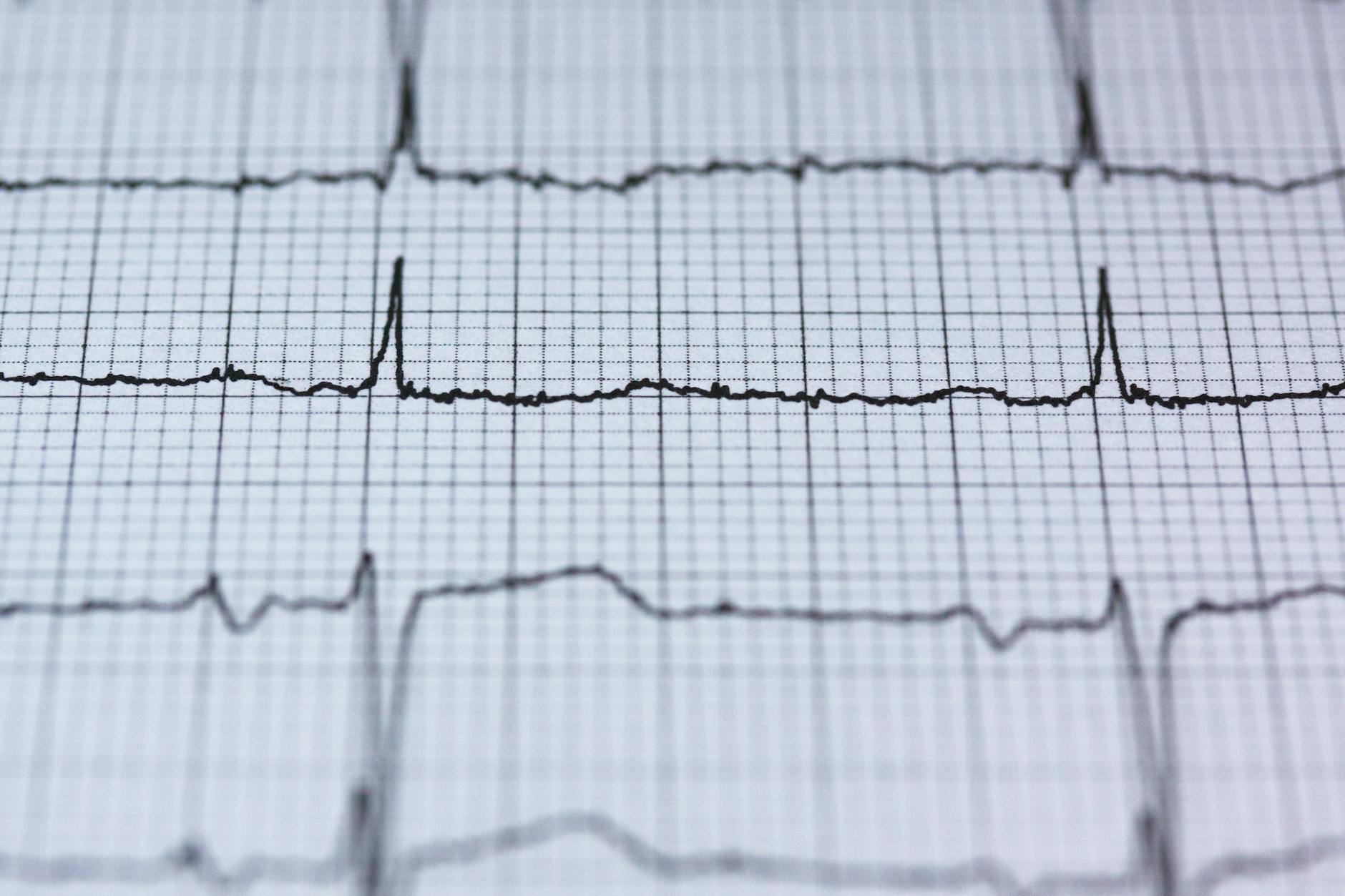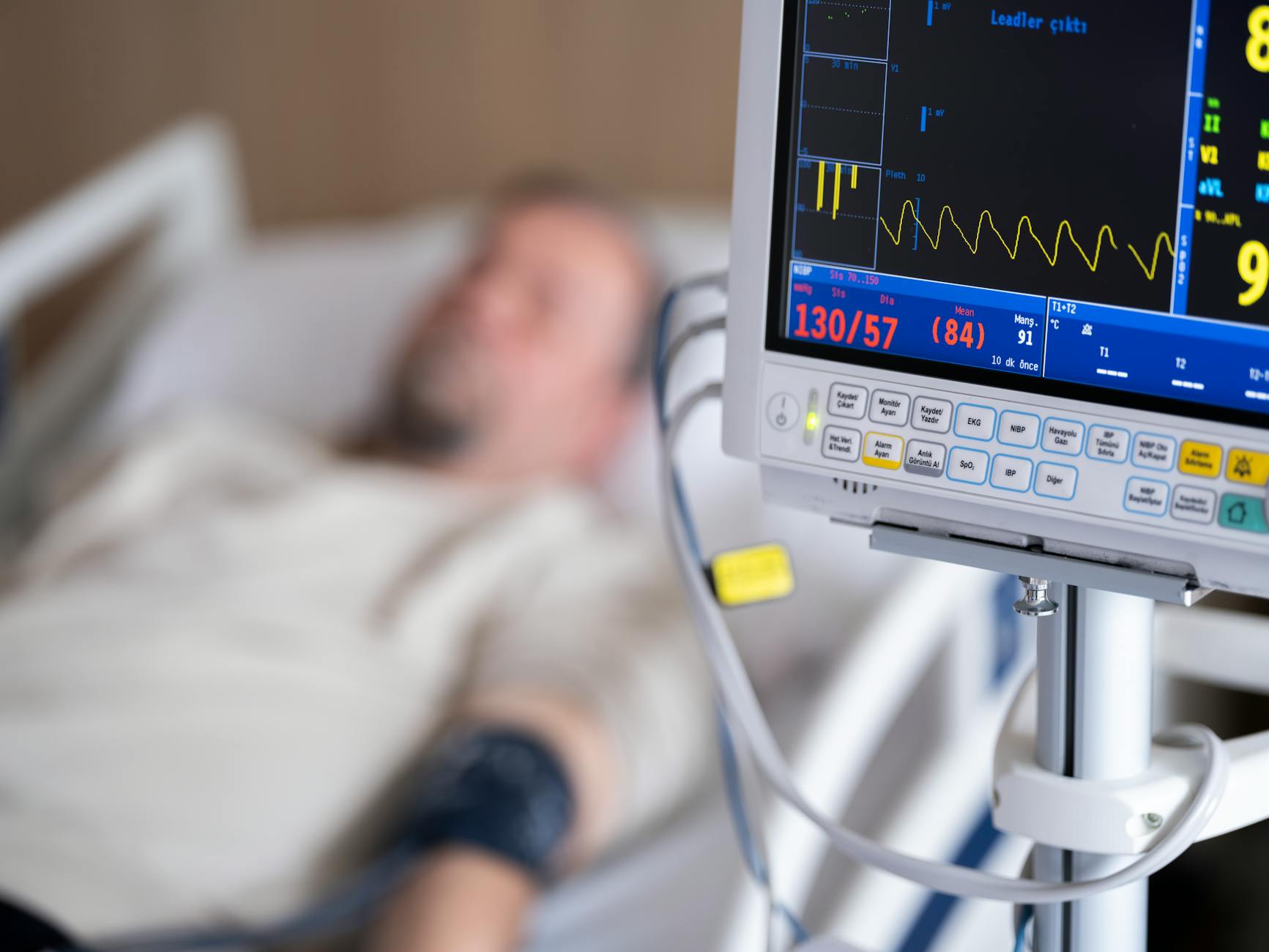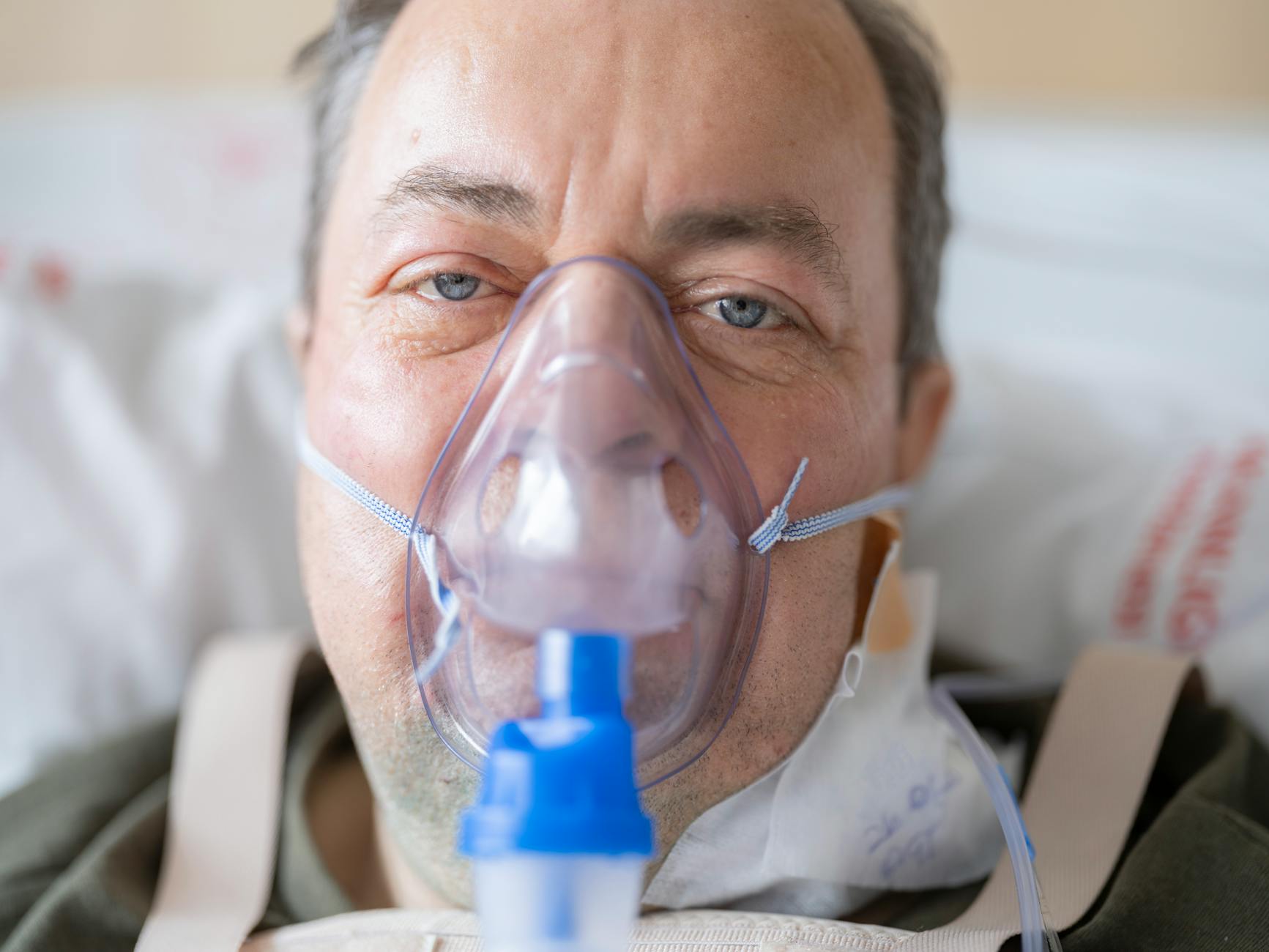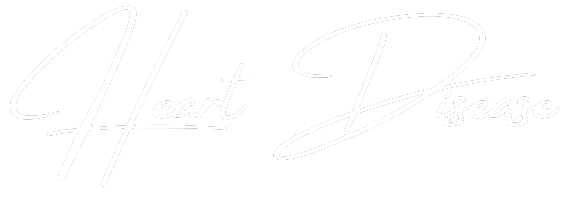
When your heart beats slower than normal, it can be a cause for concern. As a cardiologist, I’ve seen many cases where understanding and managing bradycardia, or a slow heart rate, is crucial for maintaining overall heart health. Let me guide you through what bradycardia is, its causes, symptoms, and how we can address it together.
What is Bradycardia?
Bradycardia occurs when your heart rate is slower than normal. For most adults, a resting heart rate of fewer than 60 beats per minute (bpm) is considered bradycardia. However, for some people, particularly athletes, a slow heart rate might not indicate a problem. It’s essential to determine whether the slow heart rate is causing symptoms or related to an underlying health issue.
Causes of Bradycardia
Several factors can lead to bradycardia. These include aging, heart tissue damage from heart disease or heart attack, hypothyroidism, and certain medications. Conditions like sleep apnea or inflammatory diseases, such as rheumatic fever or lupus, can also contribute to a slower heart rate. Sometimes, bradycardia is congenital, meaning it’s present from birth.
Recognizing the Symptoms
Bradycardia might not always cause noticeable symptoms. However, if the heart is not pumping enough blood to meet the body’s needs, it can result in fatigue, dizziness, lightheadedness, shortness of breath, chest pain, confusion, or fainting spells. These symptoms occur because the body’s organs are not receiving adequate oxygen-rich blood. Nevertheless, these symptoms can be confused with other health issues, so it’s important to be cautious.

Diagnosis and Testing
Diagnosing bradycardia involves several steps. Initially, a physical examination and detailed medical history are crucial. Your doctor will likely order an electrocardiogram (ECG) to measure your heart’s electrical activity and confirm the slow heart rate. In some cases, a Holter monitor, which records your heart’s activity over 24-48 hours, or an event monitor, used over a few weeks, might be necessary to detect intermittent episodes of bradycardia.
Treatment Options
Treatment for bradycardia depends on its cause and severity. If an underlying condition like hypothyroidism or sleep apnea is causing the slow heart rate, addressing that condition can often improve the heart rate. Medications contributing to bradycardia may need to be adjusted. In more severe cases, a pacemaker might be required. A pacemaker is a small device implanted under the skin that helps regulate the heart’s rhythm.
Lifestyle Adjustments
Making healthy lifestyle choices can support heart health and potentially alleviate bradycardia symptoms. Eating a balanced diet rich in fruits, vegetables, whole grains, lean proteins, and healthy fats is crucial. Regular physical activity, such as walking or swimming, can improve overall cardiovascular health. Avoiding smoking and limiting alcohol intake are also important steps. Therefore, healthy lifestyle changes play a significant role in managing bradycardia.
Why did the scarecrow become a cardiologist? He was outstanding in his field!
The Role of Regular Check-Ups
Regular check-ups with your healthcare provider are essential for monitoring your heart health and managing bradycardia. These visits allow for early detection of potential issues and timely intervention. Your doctor may recommend periodic blood tests, imaging studies, and other assessments to keep track of your heart health. According to the American Heart Association, regular visits can significantly lower the risk of complications related to heart rhythm disorders.

Emotional and Mental Impact
Living with bradycardia can be challenging and sometimes stressful. It’s important to address not only the physical aspects but also the emotional and mental impacts. Engaging in relaxation techniques like deep breathing, meditation, or yoga can help manage stress levels. Talking to a mental health professional, joining support groups, or sharing your concerns with family and friends can provide emotional encouragement and practical advice.
Managing Bradycardia in Daily Life
It’s crucial to listen to your body and recognize when symptoms occur. If you experience any signs of bradycardia, such as dizziness or fainting, it’s essential to sit or lie down and rest until the symptoms pass. Staying hydrated and avoiding excessive heat can also help manage symptoms. If symptoms persist or worsen, seeking medical attention promptly is vital.
Why don’t cardiologists ever play hide and seek? Because good luck hiding with a heartbeat like theirs!
Conclusion: Embracing Heart Health
In conclusion, understanding and managing bradycardia is essential for maintaining overall heart health. By recognizing the symptoms, addressing underlying causes, and making healthy lifestyle choices, you can effectively manage a slow heart rate. Regular check-ups and adherence to your treatment plan are essential for maintaining heart health. For more detailed information on bradycardia and related conditions, you can visit the American Heart Association and the Centers for Disease Control and Prevention (CDC). These resources offer valuable insights and support for those dealing with heart rhythm disorders.
Remember, taking care of your heart involves a holistic approach, addressing both physical and emotional well-being. With the right steps and a positive mindset, you can manage bradycardia effectively and live a healthy, active life. And don’t forget to add a little humor to your routine—after all, laughter is good for the heart!
